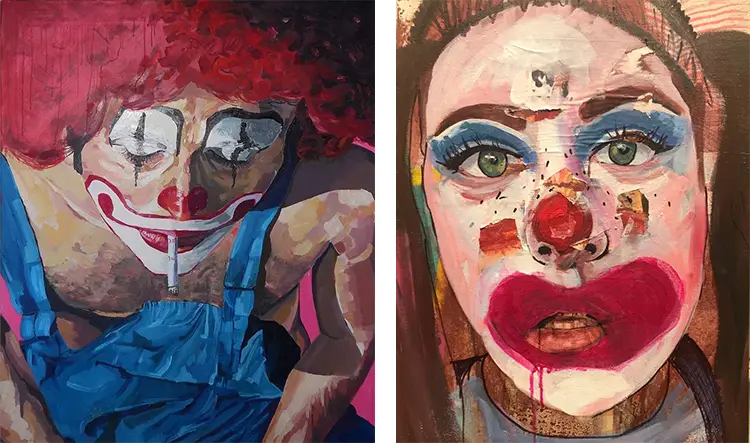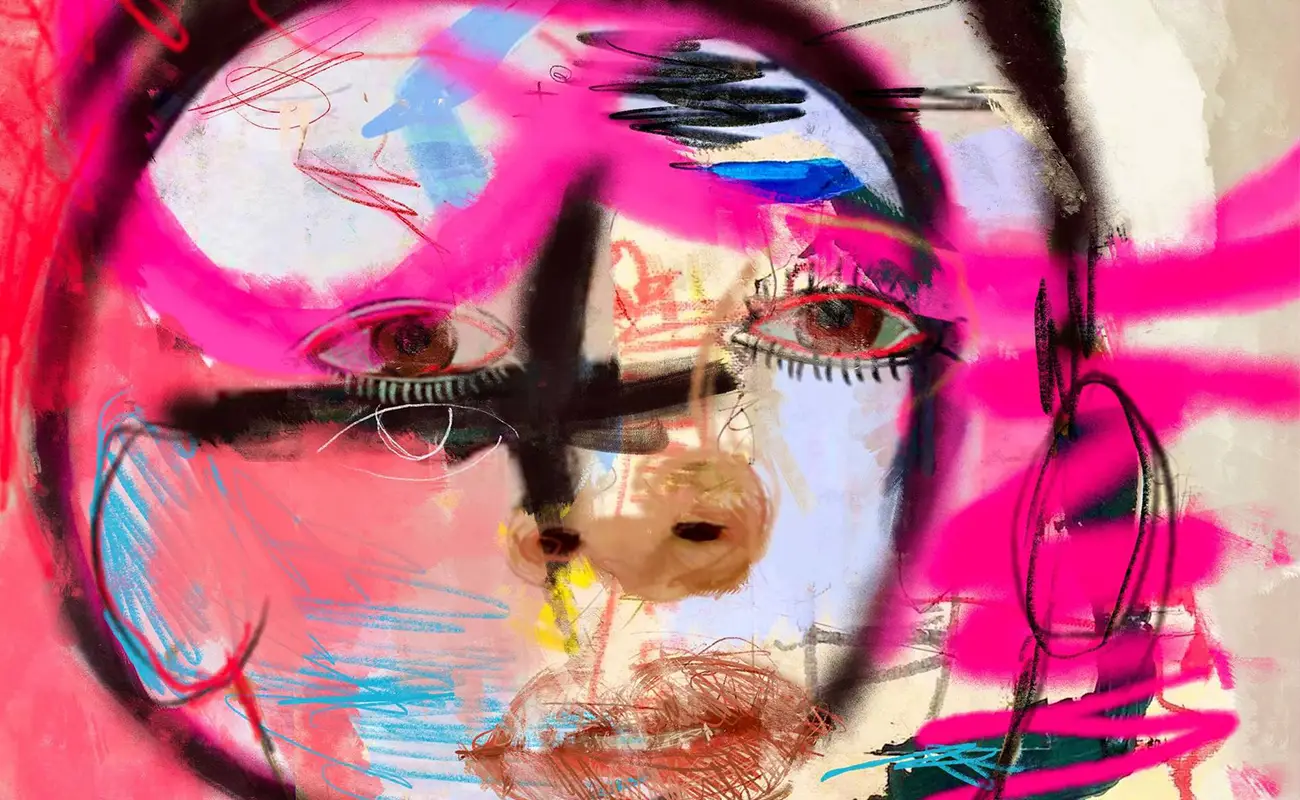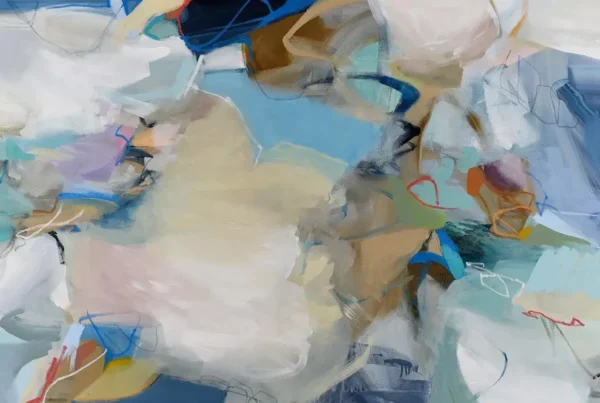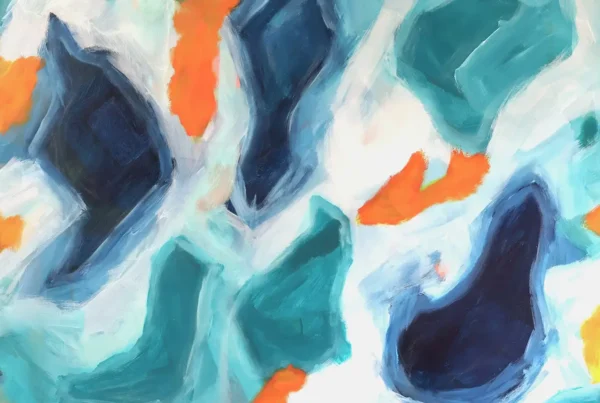Where Color Speaks Louder Than Words
Few artists carry the tension between the raw and the refined as seamlessly as Jason Balducci. Born in Rome in 1987 and currently navigating life between Florence and Toronto, he operates in the powerful yet precarious space between figuration and abstraction. His canvases pulse with a sense of immediacy—marked by unruly colors, fractured figures, and sweeping gestures that speak directly to human emotion. His practice, driven by instinct and experimentation, invites viewers to witness not just the subject of the work, but the process of creation itself. In Balducci’s hands, painting becomes more than image-making; it becomes a visceral act of translation between emotion, memory, and material.
Balducci’s education in fine arts across Italy and Spain provided a classical foundation, but his artistic voice quickly veered away from tradition. Rather than seek technical perfection, he leans into unpredictability, drawing inspiration from chance, play, and even failure. He often begins without a defined plan, instead allowing intuition to guide each mark and brushstroke. This openness to surprise has led him to discover that his strongest pieces emerge not from control but from release—particularly when he abandons any concern for outcome and simply engages with the materials before him. He finds that the act of painting itself, detached from expectation, holds the richest creative potential.
His portraits—often his primary focus—aim to capture something more elusive than appearance. Balducci works from photographs, typically of people he knows intimately. This method allows him to blur physical traits into something more expressive, reaching beyond anatomical likeness to uncover the subject’s inner resonance. Interestingly, he finds live sittings too limiting; the actual presence of a model, he believes, can interfere with the imaginative space required to alter, exaggerate, or fragment features. With only a memory and an image, he feels freer to explore emotional subtext, infusing each canvas with energy that goes far beyond the surface.
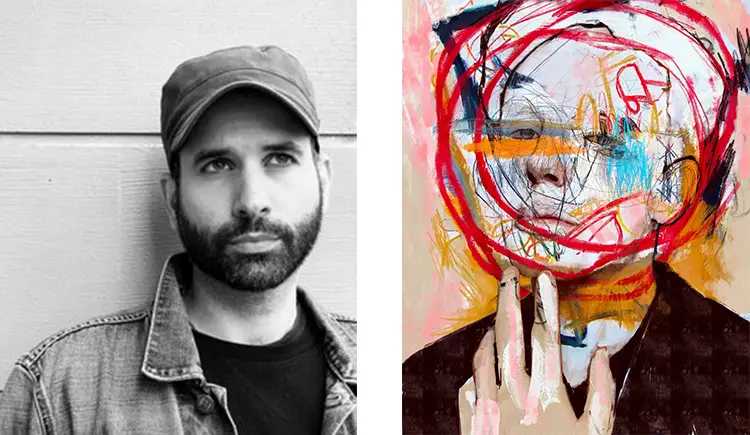
Jason Balducci: Between Form and Feeling
What drives Balducci’s ongoing engagement with art is not the search for beauty or technical mastery, but rather a desire to reach into emotional territory that words cannot touch. Raised in an environment steeped in visual culture—both of his parents were involved in the arts—he was constantly surrounded by imagery, color, and creative energy. From an early age, art became his most natural form of expression. During moments when he felt out of step with the world around him, painting offered a form of belonging—a quiet yet powerful companion that required no explanation. His canvases became places where feelings took form, especially those too complex or uncomfortable to articulate.
This relationship with art as emotional language has grown deeper over time. For Balducci, creativity isn’t a choice—it’s a necessity. He compares it to breathing, describing it as both involuntary and essential. He resists the common assumption that art is something one simply observes; instead, he sees painting as a full-body engagement, a sensuous and responsive act that unfolds in dialogue with memory, intuition, and sensation. His process, which often includes layering, reworking, and even obliterating previous marks, mirrors his emotional shifts. Paintings he initially dislikes are left to rest, later becoming foundations for new ideas. In this way, even creative dissatisfaction is recycled into momentum.
His piece Pieces of Myself, created with acrylic, marker, and collage on canvas, encapsulates this layered, spontaneous approach. The work is a visual accumulation of gesture and emotion—part memory, part imagination. Rather than offer a clear narrative or portrait, the painting acts as a mirror for feelings that cannot be directly named. It embodies Balducci’s core artistic aim: to produce art that doesn’t just show something, but that evokes a bodily, emotional reaction. He strives for work that isn’t just seen but felt—where color, line, and texture do what language cannot.
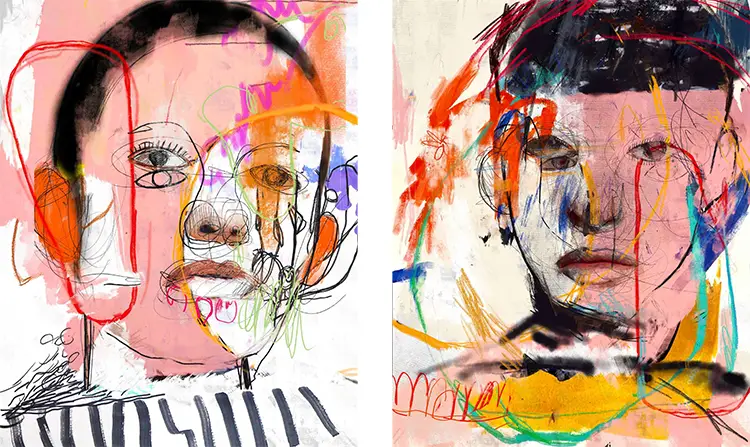
The Shape of Spontaneity
In both his style and his philosophy, Balducci resists neat categories. His works are often punctuated by clashing hues, fragmented anatomy, and sketch-like lines that feel urgent and unresolved. This aesthetic is far from accidental; it reflects his ongoing pursuit of spontaneity and the unseen. Rather than replicate visual reality, he seeks to reconstruct it through a subjective lens. His artworks don’t aim to explain—they aim to ask, provoke, and invite a second, deeper glance. For Balducci, the visual field is never just what is in front of us, but also what exists just beyond the edge of perception.
Experimentation is the core of his creative ethos. His use of unconventional mixtures—combining acrylics with collage elements, or markers with gestural brushstrokes—creates texture both literal and emotional. These layered surfaces contain traces of decisions made and undone, a visual record of process rather than a polished product. The absence of precision is intentional: Balducci uses roughness and fragmentation to reflect the complexity of lived experience. Human subjects in his portraits are rarely whole or still; instead, they appear as composites of movement, thought, and feeling. Each distortion serves as an invitation to look beyond physical identity and toward something more ineffable.
This experimental approach extends to his inspirations, which are as varied as music, film, the interplay of symmetry and chaos, and even the seemingly random impressions of daily life. He finds sparks in the chirp of a bird or a color seen out of context. Importantly, his best ideas often emerge when he surrenders to play—when the studio becomes a playground rather than a workshop. Whether mixing paint on canvas or digitally arranging images on a screen, the act of exploration without pressure fuels his most compelling outcomes. Art, for Balducci, thrives in the space where control is momentarily forgotten.
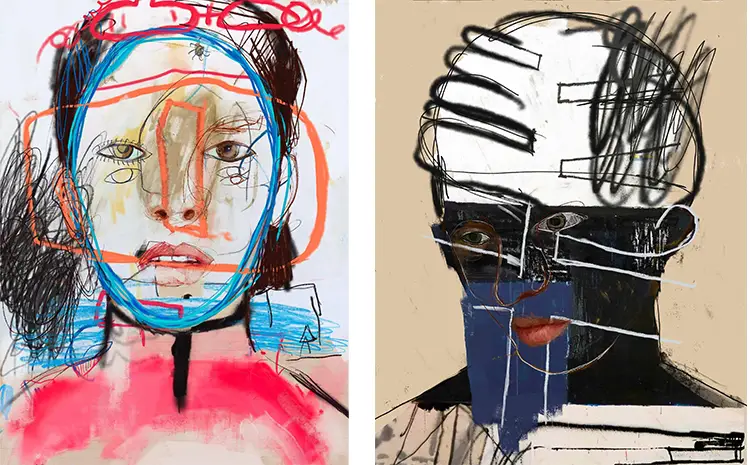
Jason Balducci: A Dialogue Without Words
Balducci’s portraits carry a particular intensity, not because they reproduce people with photographic accuracy, but because they capture something far more elusive—the flicker of energy that surrounds a person. He speaks candidly about the challenges inherent in portraiture, remarking that the real difficulty lies in translating the pulse of a person, not just their physical structure. Many clients, he notes, prefer traditional, academic renderings because they equate realism with truth. But Balducci sees truth elsewhere: in distortion, exaggeration, and reinterpretation. He believes a successful portrait should hold not just the likeness of a body, but also its aura—the spirit that animates it.
His influences further illuminate this perspective. He draws particular inspiration from Francis Bacon’s distorted intensity, Lucian Freud’s raw psychological depth, and Willem de Kooning’s gestural chaos. Among contemporary artists, he finds resonance with Andrew Salgado, whose ability to merge technical skill with emotional weight is something Balducci deeply admires. These artists, though stylistically varied, all share a commitment to making the invisible visible—to using paint as a medium for expressing what lies beneath the skin. Balducci situates himself within this lineage, continually seeking new ways to communicate energy, complexity, and contradiction through form.
Even when he isn’t in the studio, Balducci’s creativity continues to evolve. He spends his time playing music, cooking, traveling, and reading—activities that inform his visual vocabulary and recharge his artistic perspective. These pursuits offer balance and reflection, ensuring that his art remains dynamic and responsive rather than static. If he ever imagines a life without art, he envisions it as muted, lacking flavor, sensation, and meaning. For Jason Balducci, painting is not a profession—it’s a lifeline, a mode of perception, and a means of participating fully in the chaotic, beautiful experience of being human.
